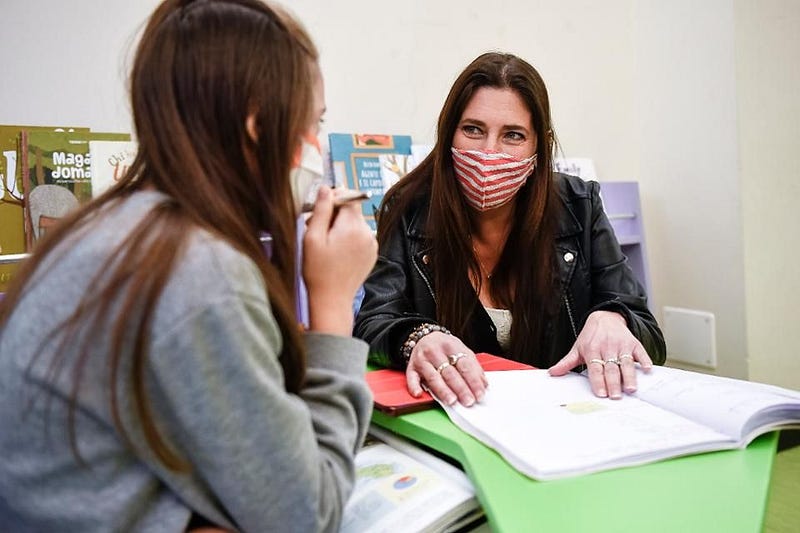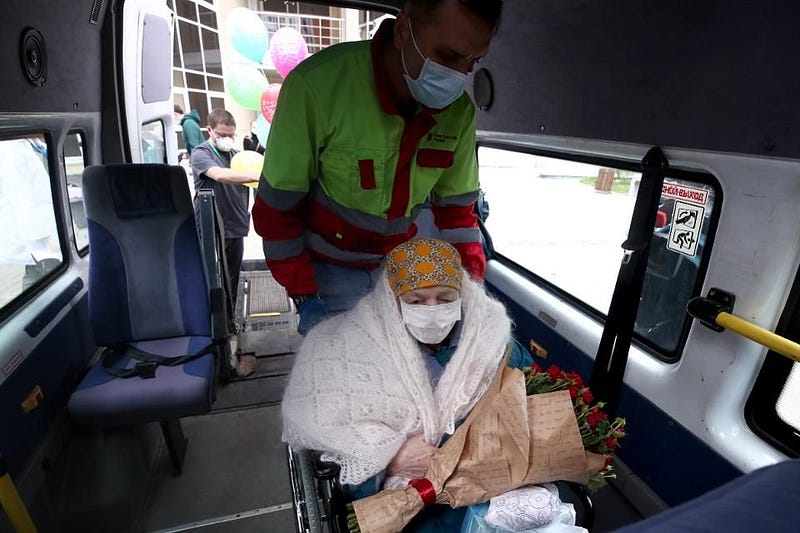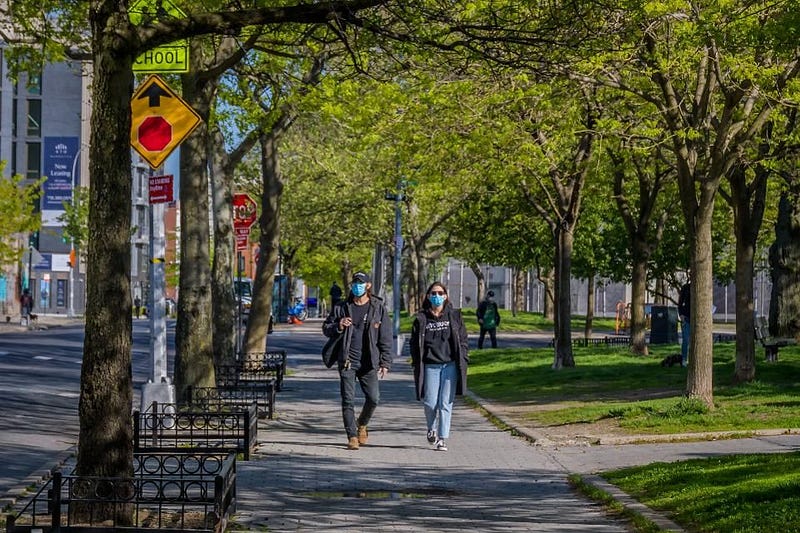Understanding 5 Misleading Myths About COVID-19
Written on

COVID-19, a new infectious illness caused by the SARS-CoV-2 coronavirus, has spread globally, infecting millions and resulting in nearly 300,000 deaths. This virus poses a significant threat, particularly to older individuals and those with weakened immune systems, and currently lacks a universally effective vaccine or treatment. Although we have the power to mitigate its impact, swift and decisive action is essential.
In light of this, several misleading narratives about the virus and its transmission have emerged, which can be harmful. Here, we present factual insights into five of the most prevalent and damaging myths surrounding COVID-19.

1.) Maintaining 6 feet (2 meters) apart guarantees safety. This advice, commonly referred to as "social distancing," is widely accepted. While keeping a distance of at least 6 feet does lower the risk of virus transmission, it does not eliminate it. Risk remains, especially if individuals are not wearing masks, spending prolonged time in enclosed spaces, or if the virus is present in the vicinity. Thus, while distance is beneficial, it’s crucial to understand that many factors contribute to overall exposure to the virus.

Moreover, one infected person can significantly increase exposure risks in gatherings, leading to outbreaks in various environments, such as workplaces and events.

2.) Children are immune to the virus. Contrary to popular belief, children can contract and spread COVID-19. Although the mortality rate among children is lower, their immune systems are not fundamentally different from adults. They can still face severe symptoms and serve as vectors, transmitting the virus to vulnerable adults in their lives.

Even if children exhibit mild symptoms, their ability to spread the virus necessitates that preventive measures apply to them as well.

3.) Only those with pre-existing conditions are at risk. While individuals with pre-existing conditions face heightened risks from COVID-19, healthy people can also suffer serious complications. Many severe cases and fatalities occur in individuals without prior health issues. This underscores the importance of vigilance regardless of personal health history.

4.) Most people have already been infected and are immune. Although those who have recovered from COVID-19 may have immunity to current strains, the majority of the population has not yet been exposed. Reports indicate that in heavily affected areas, only a small percentage of individuals have contracted the virus, leaving many susceptible.

Herd immunity has not been achieved, and achieving it through infection could lead to catastrophic consequences.

5.) I can return to normal life once restrictions are lifted. This misconception is particularly perilous. The collective behavior of society plays a crucial role in controlling infection rates. Recent spikes in cases following the reopening of businesses demonstrate the risks of resuming old habits prematurely.
Until a vaccine is widely available, adapting our understanding of "normal" is vital. Maintaining protective measures—like social distancing, wearing masks, and limiting close contact—will be essential in preventing a resurgence of the virus.
Despite our growing knowledge of COVID-19, misconceptions persist, and believing these myths can have dire consequences for individual and public health. It is crucial to heed scientific evidence and remain vigilant in combating misinformation.